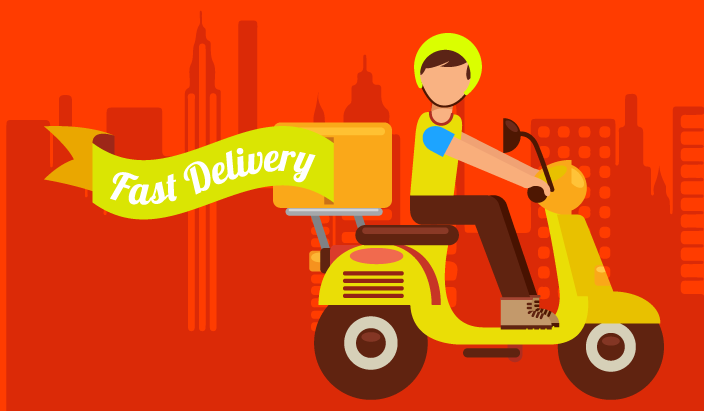foodpanda, a global mobile food delivery marketplace, has exclusively revealed its sales and customer figures for the year 2015.
As foodpanda turns 3, the e-commerce giant has published a full info-graphic with a slew of interesting details about how Pakistan’s biggest online food-ordering faired in the year, 2015.
- Sales: foodpanda.pk saw a 300% increase in orders in 2015, handling a total of 1.08 million orders; nearly 100,000 coming in the month of December alone. Karachi topped their order list, with nearly 68% of orders coming from the city of lights, followed by Lahore at 20%. The total transactions for foodpanda.pk in Pakistan for the year 2015 totaled PKR 422 million.
- Users: There was a 140% increase in users of the food service. Android and iOS App downloads were up to 1000+ every day while website visits also saw an 80% increase.
- Customer Service: The company attended 80,500+ calls in 2015 and claims to have resolved around 40,000+ customer complaints. The average delivery time for foodpanda-partnered restaurants was not bad either and came out to just under an hour (50 minutes to be exact).
- Top Cuisines: From a total of 40+ cuisines, Fast Food items were the top pick for users of foodpanda(20.3% orders). Another fast-food item and a the top-home-delivery food of choice, Pizza, alone claimed a 14.3% share of the total number of orders.
A part of the Rocket Internet group, foodpanda is headquartered in Germany and operates in 40 countries around the world. The global food giant entered the Pakistani market in January of 2013 and has quickly become the leader in online food-ordering businesses across Pakistan, capturing the attention of consumers with their steep discounts and a huge collection of restaurants. 2015 was another big year for them, that also included the acquisition of their rival food delivery business, EatOye.
The ecommerce industry in Pakistan is still in its nascent stage as barely 30% of the population is online, and even though a considerable amount of progress has been made by retailers, the fact remains that, the number of internet-using people in the country is still too low to allow for a big impact.
Here is the infographic for your understanding.












